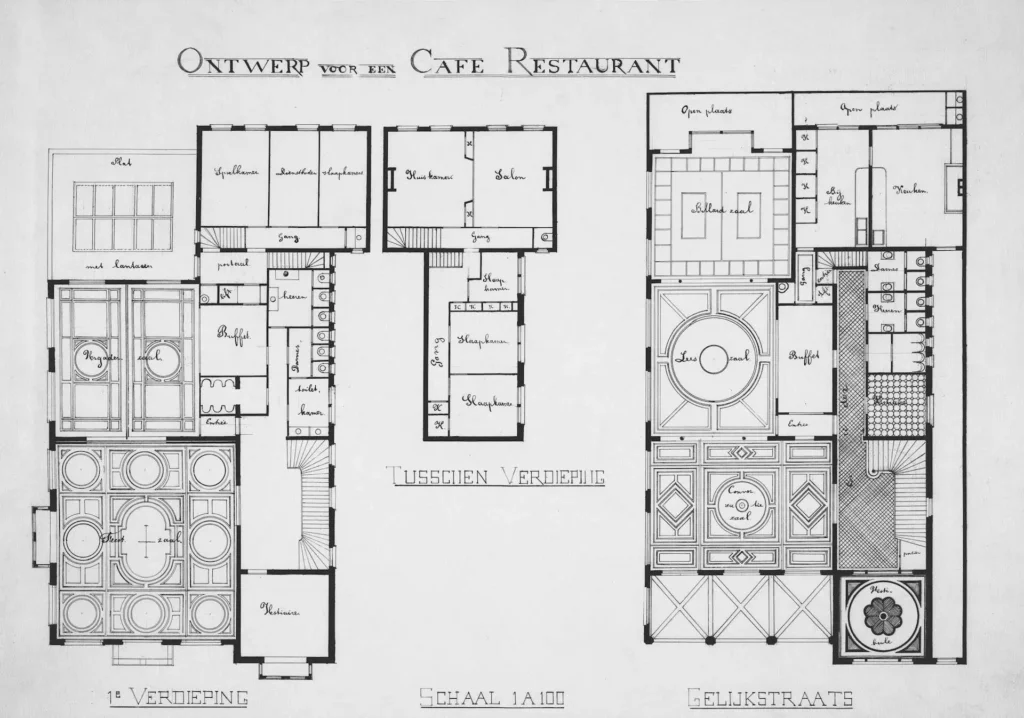Repurposing a space for a new business? Whether you’re converting a retail shop into a clinic or a warehouse into a showroom, don’t overlook one key requirement: the Change of Use permit. In Toronto, it’s not just a formality—it’s the law.
Let’s break down when and why this permit is needed, and what it could mean for your commercial renovation.
🔄 What Is a Change of Use?
A Change of Use happens when the intended purpose of a space is different from its original or previously approved use. This could mean:
- Turning a retail unit into an office
- Converting a warehouse into a restaurant
- Transforming a residential unit into a commercial clinic
Even without major renovations, this change can affect zoning, safety, and code compliance—and often requires city approval.
🧾 When Is a Change of Use Permit Required?
You likely need one if:
- The new use changes the Building Code occupancy classification (e.g., “mercantile” to “assembly”)
- You’re applying for a different business license than the previous tenant
- The space is being modified to support new systems (plumbing, HVAC, etc.)
- You’re increasing the risk level or building load (more customers, more equipment, more employees)
🔧 What Kind of Upgrades Can Be Triggered?
If your change of use requires a permit, you may also need to upgrade:
- 🔥 Fire protection systems (sprinklers, alarms, fire exits)
- 🚪 Egress and exit pathways
- 🧱 Structural reinforcements
- 🧑🦽 Accessibility features (AODA compliance)
- 💧 Plumbing and HVAC capacity
These upgrades ensure your space is safe and compliant with current building codes.
🏙️ Toronto-Specific Rules
Toronto has its own layered process. Your new business type must be allowed under local zoning bylaws. If it’s not, you’ll need a zoning variance or amendment in addition to the permit.
Get a Property Information Report from the city early in the process to avoid surprises related to zoning, heritage status, or utility connections.
✅ What to Do Next
Here’s how to move forward with confidence:
- ✔️ Confirm your existing and proposed use
- ✔️ Request a Property Information Report from the City of Toronto
- ✔️ Hire a qualified architect or general contractor
- ✔️ Submit your Change of Use application
- ✔️ Prepare for possible inspections and required upgrades
🚫 What Happens If You Skip the Permit?
Ignoring permit requirements can lead to:
- Costly stop-work orders
- Fines or business license rejections
- Delays in opening your business
- Forced removal of completed work
Getting the permit upfront protects your investment and ensures you’re set up for long-term success.
📣 Need Help Navigating the Permit Process?
At Rich by Design Inc., we specialize in commercial renovations and code-compliant build-outs across Toronto. Whether you’re changing the use of a space or planning a full office retrofit, we’ll guide you from design to final inspection.
👉 Contact us today for a free consultation.
✅ Checklist: Do You Need a Change of Use Permit in Toronto?
Use this checklist to find out if your commercial project requires a Change of Use permit.
🔄 You’re Changing the Use of the Space If…
| ✅ | Condition |
|---|---|
| ☐ | You’re converting a retail unit into an office or vice versa |
| ☐ | You’re turning a warehouse into a restaurant or showroom |
| ☐ | You’re changing a residential unit into a clinic, studio, or business |
| ☐ | You’re taking over a unit that had a different business type than yours |
🏗️ Permit Is Likely Required If…
| ✅ | Trigger for Permit |
|---|---|
| ☐ | The new use has a different Building Code occupancy classification (e.g., from “mercantile” to “assembly”) |
| ☐ | The change increases occupant load, fire risk, or structural demand |
| ☐ | The new business type requires plumbing, HVAC, or kitchen upgrades |
| ☐ | You’re applying for a business license that differs from the previous tenant |
| ☐ | The space needs to be brought up to AODA (accessibility) compliance |
⚠️ Additional Requirements May Include…
| ⚠️ | Possible Upgrades |
|---|---|
| ☐ | Fire separation walls or sprinkler systems |
| ☐ | New exits or emergency egress pathways |
| ☐ | Structural reinforcement for new loads |
| ☐ | Accessible washrooms and entrances |
🛠️ What To Do Next
| ✔️ | Step |
|---|---|
| ☐ | Get a Property Information Report from the City of Toronto |
| ☐ | Consult with an architect, designer, or general contractor |
| ☐ | Check if your intended use is allowed under local zoning bylaws |
| ☐ | Apply for a Change of Use permit through Toronto Building Services |

